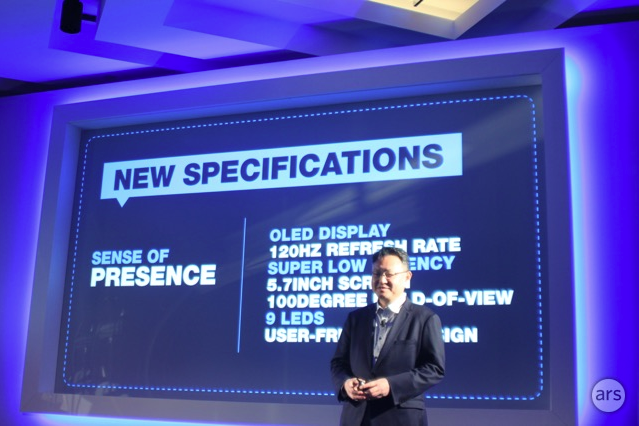(Update March 5: A few graphs have seen minor adjustments—2013 release Call of Duty: Ghosts was removed from the “most played” graph, and free-to-play title Dead Island: Epidemic was removed from the pay-to-own graph. The “Top 400” list has also been corrected to fix occasional row mismatches between games and developers/publishers. We regret the errors)
When we first unveiled the Steam Gauge project last April, we were tracking just over 2,700 games released on Steam to that point. Since then, the library of games on Steam has ballooned to include more than 4,400 games by our count. That’s incredible acceleration for a service that until recently was satisfied to grow slowly. For context, the last 18 months have seen as many new games added to Steam as the service’s first 10 years combined.
All of that is to say, we’re long overdue to see what Steam users have been buying and playing from that new crop of games. And that means diving back into our random sampling of public Steam data to estimate sales for all the Steam games released in 2014. We’ll be slicing that data a number of ways in this piece and even providing a good deal of raw data for you to slice it up yourselves at the end if you wish.
Read 22 remaining paragraphs | Comments



